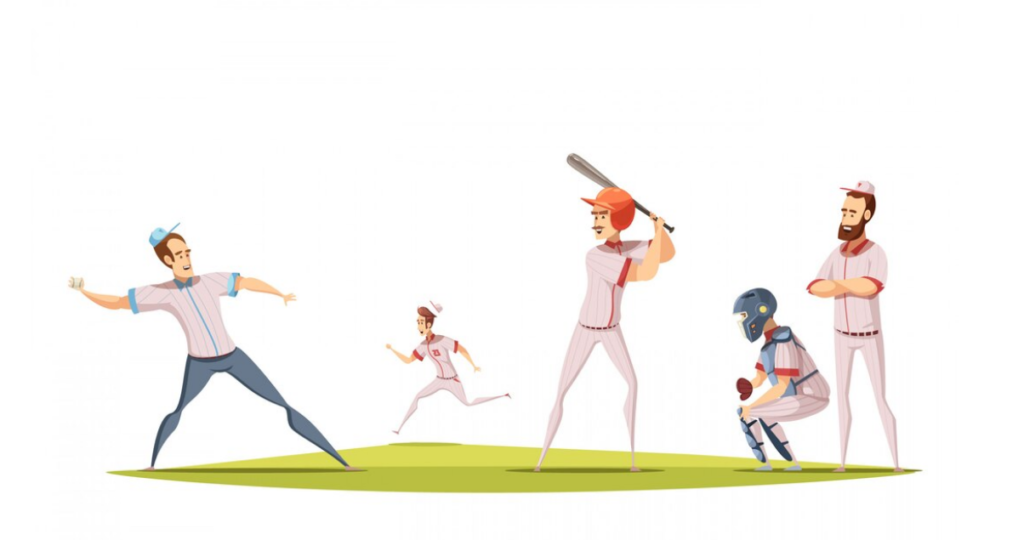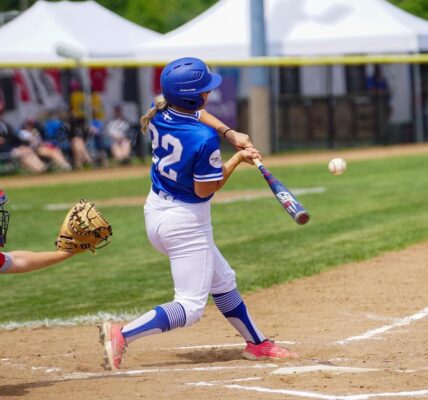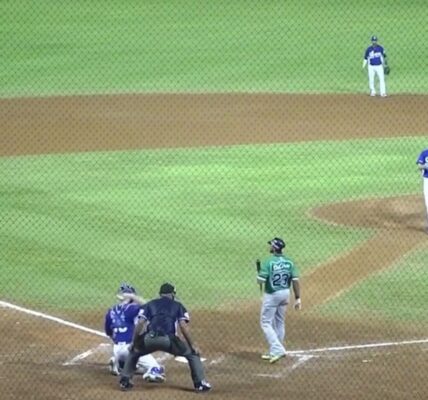In the realm of baseball, two critical roles are played by the Long Relief Pitcher (LRP) and the Middle Relief Pitcher (MRP). The LRP is often called into action when the starting pitcher exits the game prematurely, with the capability to pitch multiple innings as needed. On the other hand, the MRP generally takes the mound in the mid-game phases, operating before the setup man and closer come into play. Their role may involve tackling a specific segment of the opposing batting lineup or serving as a conduit to the late-inning bullpen arms.
Key Points:
- Baseball squads rely on various pitching specialists, including LRPs and MRPs;
- LRPs, often previous starters, are versatile, capable of pitching from one to nine innings. They are pivotal in scenarios where the starting pitcher is either injured or has conceded numerous runs in a short span;
- MRPs typically pitch between one to four innings, creating a seamless transition from the starting pitcher to the closer. Their primary objectives are to maintain leads, preserve ties, or keep the game within reach, setting the stage for the bullpen’s closing segment;
- The tactical decisions of managers play a crucial role in determining the use of these pitchers. At times, decisions made in one game can strategically prepare the team for upcoming series.
If you’re intrigued by the nuanced roles of Lefty Relief Pitchers (LRP) and Middle Relief Pitchers (MRP) in baseball, you may also like exploring the rigorous schedule of Major League Baseball, including the total number of games played in a season.
The Role of Long Relief Pitchers in Baseball (LRP)

In baseball, Long Relief Pitchers (LRP) are vital players, often transitioning from starters to bullpen roles. An LRP’s responsibility includes pitching a broad range of innings – from one to potentially a full game. Their capacity to cover numerous innings is crucial, minimizing the need to exhaust the bullpen in a single game.
Consider a scenario where a starting pitcher sustains an injury in the initial inning. Instead of depleting the bullpen, an LRP is brought in to cover as many innings as possible, maintaining the game’s competitiveness. Similarly, if a starter allows a significant number of runs early, an LRP may be used to prevent overusing other pitchers, especially if the team’s offense struggles.
LRPs often continue playing until they reach their pitch limit, especially against a strong opposing offense. Occasionally, in desperate situations, position players with pitching backgrounds might pitch, surprising batters with slower pitches than they’re accustomed to. This tactic can be effective due to the difficulty batters have in adjusting to the unusual pitch speed.
LRPs are also crucial when a starter is ejected from the game. Though rare, such instances require a pitcher capable of a starter’s workload. After heavy usage, LRPs typically rest and are not used in consecutive games, needing several days to recover after extended pitching.
LRPs can also be employed in shorter stints if necessary. For example, in a tied game that extends to extra innings, an LRP might be used to bridge the gap to the closer. While extra-inning games can vary in length, even extending to the equivalent of a doubleheader, LRPs are versatile enough to adapt to these demands.
Moreover, after a prolonged extra-inning game, the bullpen might be depleted. In such cases, LRPs become even more critical, stepping in to provide necessary pitching support while the rest of the bullpen recovers. Their flexibility and endurance make them invaluable in various game situations.
What is R, LRP, Good OBP and LOB mean in baseball?
The Role and Strategy of Relief Pitching in Baseball
In baseball, the term “middle relief pitchers” (MRP) denotes a crucial group of players who often enter the game during its middle innings. These pitchers typically cover anywhere from one to four innings, with their most common appearance lasting one or two innings, though they can extend their play if the situation demands.
MRPs frequently come into play when a starting pitcher expends a high number of pitches early on, reaching their pitch count sooner than anticipated. This scenario is common if a starter faces difficulties in the initial innings, necessitating an earlier than expected switch.
The primary function of a middle relief pitcher is to serve as a crucial link between the starting pitcher and the closer. Their objective varies from maintaining a lead or a tie to keeping the game within reach, thus setting the stage for the bullpen’s final stretch.
The Evolution of Baseball and the Emergence of Relievers
Over time, baseball has witnessed a shift from starters pitching almost complete games to a reliance on a mix of long and short relievers. Today, starting pitchers are less frequently tasked with deep game appearances. Instead, a well-equipped bullpen, capable of handling the latter parts of the game, is a common sight. This strategic change begs the question of which reliever to deploy and when.
The Need for Relief Pitching

One of the primary factors influencing the choice of a reliever is the timing at which they are expected to enter the game. There exist several compelling reasons for the necessity of relievers in baseball.
Firstly, you might encounter a situation where your starting pitcher sustains an early injury. Alternatively, a pitcher may have a subpar performance, leading to the need for a replacement. Furthermore, a returning pitcher from injury or one who has reached their pitch count limit for the game may require substitution.
Moreover, tactical considerations can also prompt the replacement of a pitcher. For instance, if a pinch hitter with a strong track record against your current pitcher is sent in, it may be wise to make a change. The decision then shifts to determining a suitable replacement for the departing pitcher.
Conclusion
Determining which type of pitcher to use in a given situation is a key aspect of baseball strategy. Managers often face the dilemma of prioritizing either immediate game success or conserving their pitching resources for future games in a series. In some instances, a game might be strategically conceded by employing a long relief pitcher to strengthen the bullpen for subsequent games. Both middle and long relief pitchers serve various purposes, and their utilization ultimately reflects the manager’s philosophy and the specific context of the game.




